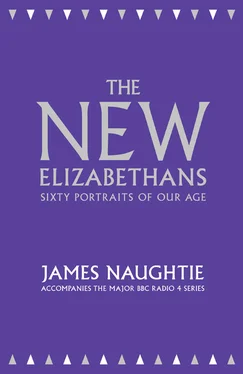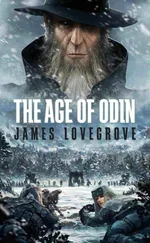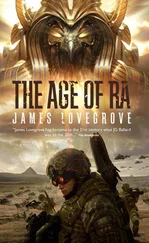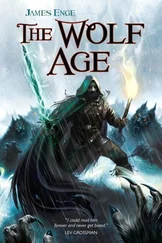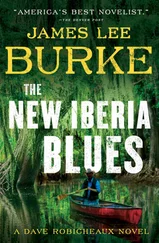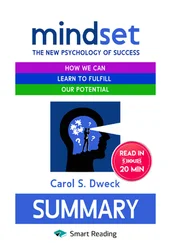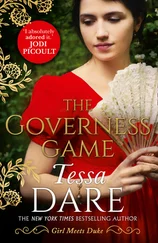Greene worked in MI6, formally, for three years or so during the Second World War and was alongside Kim Philby, Moscow’s master spy. It was not until the late sixties that the story of Philby’s career and eventual defection was told to the public, after Sunday Times journalists penetrated the layers of desperate obfuscation that had kept it hidden.
But much earlier, following the electrifying defection of Guy Burgess and Donald Maclean from the Foreign Office to Moscow in 1952, Greene will have known the story from his friends: that enough people in Whitehall were convinced of Philby’s treachery to heave him out and let him moulder away in Beirut, half journalist and half old spook, until he went to Moscow. Greene’s own connections at that time, when he was a celebrated writer, have always been mysterious, not least because he liked it that way.
It does seem clear that, certainly in the fifties and perhaps for much longer, he was in touch with old friends from his service, bringing back titbits from his travels, casting a wary eye on anything that stirred his interest. In Indo-China in the fifties he certainly acted as a trusted observer and informant. His biographer Norman Sherry said that he was, in the end, ‘the perfect spy … an intensely secretive man’. This is the truth of it. Evelyn Waugh, fellow novelist, fellow Catholic convert, lent support when Greene would get into trouble for some outburst, as he did in 1960 when he was criticized for defending the Soviet Union. Waugh said in a letter to a friend that Greene was ‘a secret agent on our side and all his buttering up of the Russians is cover …’. Who knows? That’s the thing about secretive men.
Greene’s output was immense – the novels, reviews, essays, plays – and his era spanned the thirties to the eighties. In that time he became a lodestar for many writers as the master craftsman. William Golding said that he was great because he was ‘the ultimate chronicler of twentieth-century man’s consciousness and anxiety’.
By the fifties that judgement had become indelible. Although Greene continued to write for more than three decades after The Quiet American (and thought that The Honorary Consul , from the seventies, was his best book), his early work had established his voice as unmistakable, demanding and perpetually unsettling. There was always a question lying underneath, gnawing away.
That feeling never left him. His last words, in hospital in Switzerland in April 1991, when he knew he was dying, were, ‘Why must it take so long to come?’
Sociologists seldom get a good press, except where they don’t need it.
Michael Young was a great exception. He was an innovating intellectual whose brain was happy to put theory and practicality in the same compartment, and many thousands of people who had never heard of his fifties book The Rise of the Meritocracy will know of the Consumers’ Association and the Open University, and perhaps be thankful for them, but not attach his name to either body. Yet without him they might not have existed. He was a public figure who liked not to be very public; a force for change who achieved much more than most of the ministers and mandarins to whom he often had to sell an idea and whose most precious possession has always been to say yea and nay.
Lord Young of Dartington, as he became in 1978, was a thinker who never tucked himself away. When Cambridge University asked him to set up its sociology course, having come late to the notion, he thought the dons too rigid in their thinking and backed out quickly. He preferred to be free of confining institutions, a feeling that probably gripped him for life when as a teenager he came under the influence of Leonard and Dorothy Elmhirst. The couple had set up Dartington Hall in Devon as a radical school, intended unashamedly for a select band of children of free thinkers in the intelligentsia who would be given their heads and encouraged to contemplate utopia. It was an inspiration. Thanks to Dorothy Elmhirst, Young found himself having dinner with Franklin Roosevelt in the White House and being encouraged to argue. It was his fifth school, his parents having broken up, and it became his own utopia. The urge to think differently never left him.
Politically, Young was one of the most important people in post-war Britain, though from a back room. Excused military service because of chronic asthma, he worked in an early think-tank – it had the austere name Political and Economic Planning – which gave him his first experience of bringing together people of ideas and policymakers. This experience produced a document that, by any standards, was of huge importance. At the age of 29 he wrote – more or less single-handedly – the Labour Party manifesto for the 1945 general election. After Clement Atlee’s victory it became the template for a government that had a chance to be radical in the post-war era, transforming the economic model of the country, establishing the National Health Service, and outlining a social consensus that held sway across the parties for the next generation.
However, Young didn’t take to front-line politics at that stage, for by the start of the fifties he had already decided that the Labour Party he helped to bring to power had run out of ideas. He left his job, went to the London School of Economics, and made a decision that would shape the rest of his life. He moved to Bethnal Green in the East End of London, an area battered by the blitz and racked with poverty, a world that despite his interest in public policy he had never seen. Politicians, he thought, had lost touch with these people: ‘The local councillors heard the complaints,’ he said, ‘but did nothing about them because they’d been captured by officials.’
Characteristically, his first reaction was to think. He set up what he called the Institute of Community Studies. Working with Peter Willmott, he began to study the East End and write about the people, trying to get a feel for the barriers that were preventing them from having better lives, and pondering the social changes that might be needed. One of his first books, Family and Kinship in East London , published in 1957, made a shattering noise. It argued against the planners’ lust for sweeping urban redevelopment and tried to bring the values of family and shared experience to bear on social policy. Over the next few years his ideas excited, irritated and disturbed policymakers and he became a voice of social reform in the manner of some of the Victorians he greatly admired, like the philanthropic reformers Joseph Rowntree and Charles Booth. This didn’t sit well with some fellow academics in his field, who found his faith in that kind of individual action a little quaint, but he couldn’t have cared less. There was a streak of romanticism in him. He was the kind of man who never said ‘why?’, but usually ‘why not?’
Throughout the fifties he challenged conventional thinking which he thought had let people down, and pursued his own form of egalitarianism. Even many of those who wouldn’t go all the way with him – on comprehensive education, for example – found his ideas inspiring. The Rise of the Meritocracy , written with Willmott, brought a new word into the language, sold half a million copies and was, he hoped, a warning against what might happen to a society that was too careful in favouring the strong over the weak.
But in the year before his death, 2001, Young confessed that he had been sadly disappointed by the book – not because of any of its ideas, but because people had long forgotten that it was a satire, a caution. Instead, he was forced to lament the fact that the Prime Minister, Tony Blair, was now using the word ‘meritocracy’ with approval, as a benign object of policy. ‘I do wish he wouldn’t,’ he said. He recalled that the book – which he assumed Tony Blair had never read – was a warning about what might have happened seventy-five years on if society insisted on dividing people into sheep and goats. He wrote, ‘My imaginary author, an ardent apostle of meritocracy, said shortly before the revolution, that “No longer is it so necessary to debase standards by attempting to extend a higher civilisation to the children of the lower classes.”’
Читать дальше
